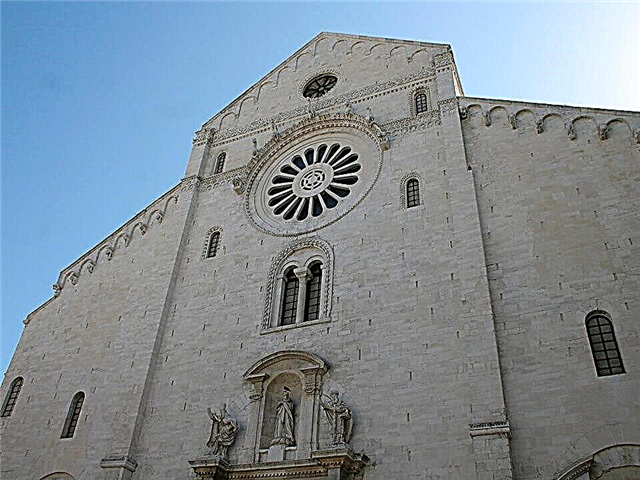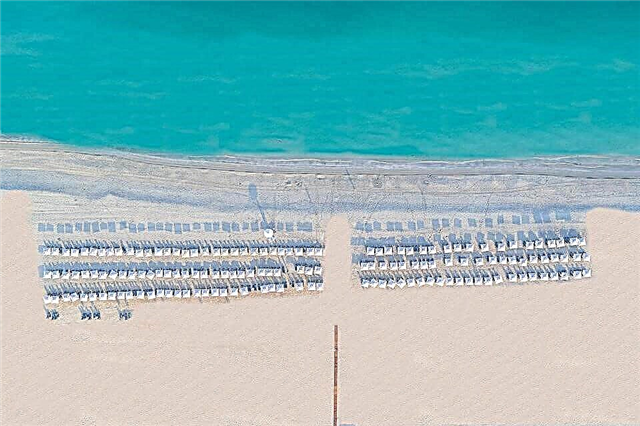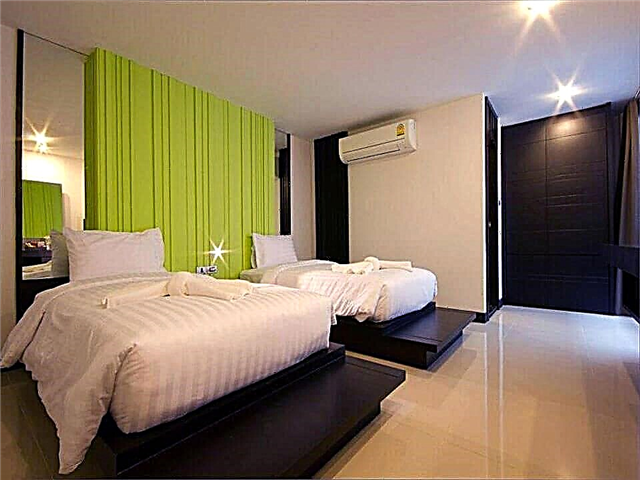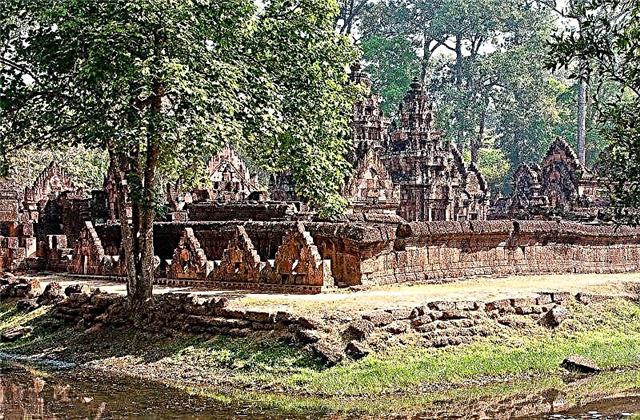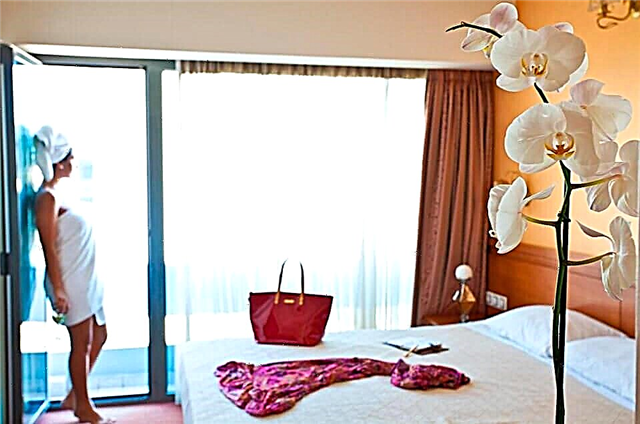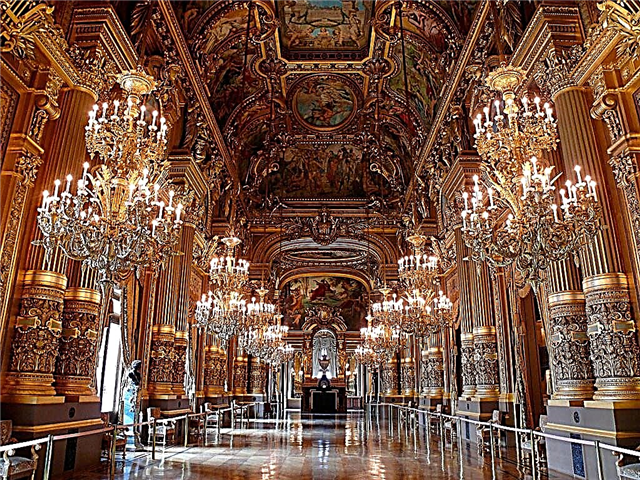It is impossible to pass by this building without admiring the architecture and without becoming interested in history. Built in the neo-baroque style by Charles Garnier, it has graced the Place de l’Opera in Paris since 1875. He is known to all connoisseurs of theatrical art around the world. Yes, we are talking about the famous Grand Opéra in Paris, which has been called the Palais Garnier since 1989. It will not be difficult for tourists to reach it. This can be done by metro, taking the metro to the Opera station, or by taxi. Just a kilometer to the south of the square is the famous Louvre Palace, and to the southwest is the Place de la Concorde.
History of the Grand Opera
The history of this building is inextricably linked with the name of Napoleon III. It was his superstition that prompted the start of the construction of the Paris Opera.

This happened in 1858, when the emperor was not far from the Le Peletier theater, where an unsuccessful attempt was made on him, as a result of which several people from his entourage died. After that, this theater earned a bad name in the eyes of Napoleon, and he ordered the construction of a new opera house, as he was known as a subtle sign of this art form.
The perfect Parisian Georges-Eugene Haussmann, who was the favorite of the emperor and wanted to please him, enthusiastically seized on the idea. He announced a competition for the best design of the Opera building, in which more than one hundred and fifty architects took part. Having carefully studied each of them, Haussmann chose a sketch of the then practically unknown Charles Garnier, who amazed him with its scope and luxury. Moreover, the architect showed not only his professional gift, but also the talent of a wise politician, having enlisted the support of the emperor's wife.

Garnier described his creation as a building built in the style of Napoleon III. The woman could not resist such a "weighty" argument.
The foundation was laid in 1860. But the boggy area and the presence of a large amount of groundwater delayed it by eight months, during which drainage took place. Nevertheless, the foundation was laid and reinforced with a layer of bitumen, which protects the basement from moisture penetration. This foundation to this day holds the thick walls and heavy floors of the building, not shrinking and preserving its integrity.
The genius of the architect was that he used the existing reservoir, which is located below the Grand Opera, to strengthen the foundation. The water clogged small cracks with sand and silt, preventing the subsequent penetration of moisture into them. And in the event of a fire, this reservoir could be used as a source of water for extinguishing.

Even the unstable political situation could not prevent the construction of this grandiose structure. She, of course, increased the timing of its construction, but in 1875 the Parisians saw the wonderful creation of the great master, which by that time had served as a prison and a place of executions during the fall of the Paris Commune.
Louvre: Time-Specific Entry Ticket
1-hour cruise "Lights of Paris"
Skip-the-line tickets to the roof of the Arc de Triomphe
Eiffel Tower: Second Floor Access
Versailles & Gardens: Skip-the-Line Entry Ticket with Audio Guide
Hop-on Hop-off Bus Tour. Class., Prem. or Lux
Paris museums subscription: 2, 4 or 6 days
Tickets for Montparnasse: 56th Floor Roof Terrace
Show at the Moulin Rouge with champagne
The architecture of the building of the Grand Opera
For the construction of the building, stones were brought from all over Europe and the colonial countries of Africa. This can be seen in the variety of their shades, which have retained the colors ever since. According to Garnier's idea, the building was to be decorated with numerous statues.
For this, such famous sculptors as Gumery, who created the winged goddesses of harmony and poetry, were involved; Lexan, who became the author of the pegasus on the sides of the pediment; Millet, who whipped Apollo holding a lyre in his raised hand. Between the columns there are now bronze busts of great composers. These include Beethoven, Bach, Rossini, Mozart, Meyerbeer and others.
Interior decoration of the Grand Opera
Inside, the theater is also beautiful and majestic. Covering an area of eleven square meters, it can accommodate 2,200 people in its halls, and 450 artists on the stage.

The building is decorated with numerous columns and sculptures of the gods of Ancient Greece, nymphs and plump Cupids. The walls and ceilings are decorated with intricate marble friezes. Also, when creating the interior, gold leaf, velvet, and baroque stucco were used. Particularly noteworthy is the huge chandelier weighing more than six tons. Around it, the ceiling was previously decorated with ancient frescoes, which began to crumble over time.

Since 1964, the ceiling has been decorated with a painting by Marc Chagall. The walls also feature paintings by famous artists, mirrors in gilded frames, and bas-reliefs by composers.
The internal architecture of the building is represented by a huge grand staircase, a luxurious auditorium and a foyer with a fountain. It also has its own library and two ballet schools. At a time when there are no performances in the theater, numerous excursions take place there.

Tours and performances at the Grand Opera
Since 1875, opera and ballet dancers, whose names are known throughout the world, have ascended to this stage. Ticket prices range from one hundred to five hundred euros, despite the fact that getting them is not easy.
The cost of excursions, which are held daily from 10 am to 5 pm, range from 4 to 9 euros. Guide services are paid separately and are equal to an average of 35 euros.
Here you can also buy small souvenirs to commemorate your visit to this luxurious palace.
We also recommend visiting the parks of Paris and the Parisian catacombs.
Use the services of kiwitaxi and at the airport, at the specified time, the driver will be waiting for you, help with the luggage and promptly take you to the hotel. Several car classes are available - from economy to Minibus with 19 seats. The price is fixed and does not depend on the number of passengers and the address within Paris. A taxi from / to the airport is a convenient and comfortable way to get to your destination.

